
Shocking Spike in Power Bills for Norwegian Citizens After Bitcoin Mining Center Shuts Down—What’s Really Happening?
Introduction: The Aftermath of a Bitcoin Mining Center Closure
In an era where cryptocurrency is increasingly integrated into our financial systems, it’s easy to forget the real-world consequences that stem from the mining of these digital assets. In a quiet Norwegian municipality, the abrupt closure of a major Bitcoin mining center has left locals facing an unexpected and jarring problem—rising electricity bills. What initially seemed like a distant, tech-related business has now had a profound impact on the everyday lives of citizens.
But how did the closure of a Bitcoin mining center, an operation focused on cryptocurrencies, cause a spike in power bills for everyday Norwegians? In this comprehensive article, we’ll explore the series of events, their impact, and the larger questions they raise about the intersection of technology and local communities.
1. Understanding Bitcoin Mining: What Was Happening in Norway?
Before we dive into the direct effects of the mining center’s closure, it’s important to understand what Bitcoin mining is and why it was happening in this Norwegian municipality.
Bitcoin mining is a process where computers solve complex mathematical problems to validate transactions on the blockchain. These computational efforts consume vast amounts of electricity, leading mining operations to seek out locations where power is cheap and reliable—enter Norway, a country known for its hydroelectric power and comparatively low energy costs.
For years, the now-defunct mining center benefited from these favorable conditions, running 24/7 and consuming massive amounts of electricity. The center was a hub for miners from all over the world, helping them earn Bitcoin rewards while using Norway’s abundant power supply. On the surface, everything seemed to be running smoothly. But, unbeknownst to the locals, the mining center was also keeping energy demand—and thus, power prices—stable.
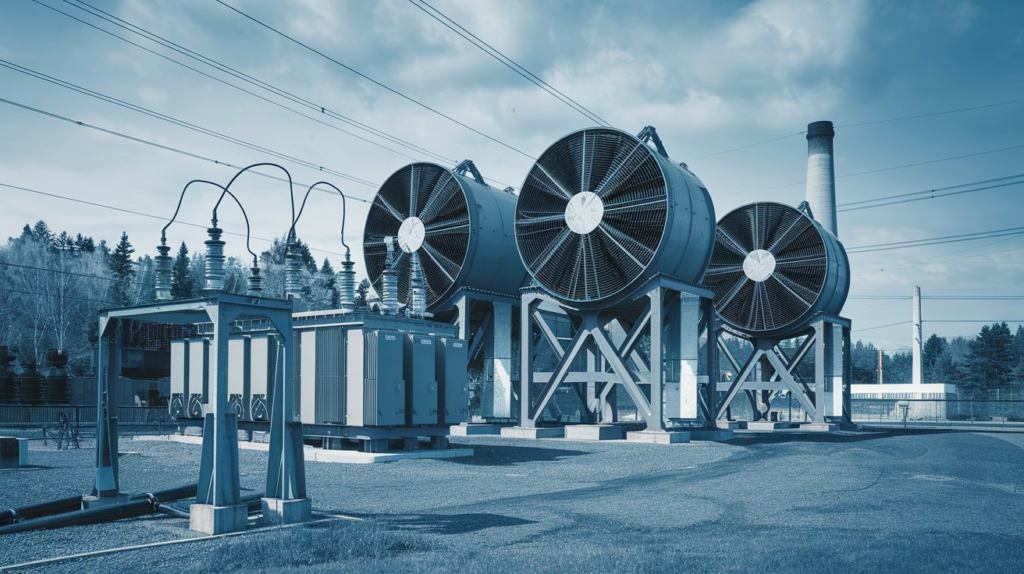
2. The Sudden Shutdown: Why Did the Bitcoin Mining Center Close?
The closure of the Bitcoin mining center was not entirely surprising to those in the industry. For months, rising global energy prices and local pressure had been weighing down on the profitability of the center. Additionally, Norway began to reconsider its energy policies, especially regarding the environmental impact of energy-intensive activities like cryptocurrency mining.
When the local government decided to pull the plug on the Bitcoin mining center, the news spread quickly. Almost overnight, the once-bustling operation came to a halt. Initially, many residents believed the shutdown would mean less energy consumption, which could lead to lower bills. Unfortunately, the opposite happened.
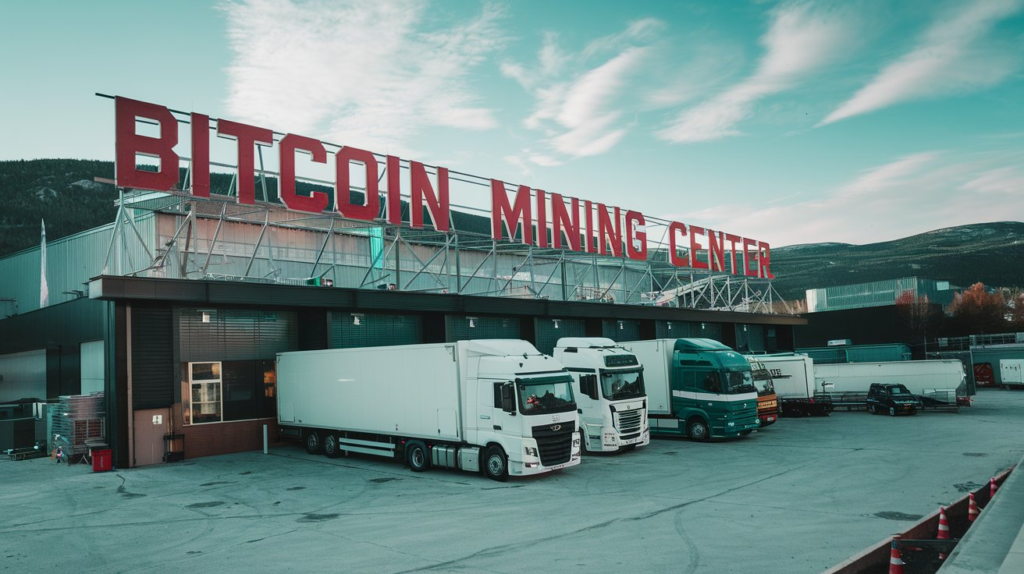
3. The Ripple Effect: Why Power Bills Skyrocketed
It didn’t take long for residents to notice a sharp increase in their electricity bills. Here’s why:
- Lower Demand for Energy: The mining center was consuming a significant portion of the municipality’s energy. When it closed, the local demand for power dropped dramatically. This might sound like a good thing, but in reality, the electricity grid is designed to function efficiently with a certain level of demand. A sudden drop led to inefficiencies in power distribution.
- Fixed Infrastructure Costs: Despite lower consumption, the cost of maintaining the energy grid remained the same. When the mining center was operational, it helped spread out the cost across both the miners and regular households. Now, with the center gone, the burden of these fixed costs fell on ordinary citizens, driving up their bills.
- Energy Contracts: The municipality had entered into long-term energy contracts, anticipating high demand from the mining operation. With the closure, these contracts now had to be fulfilled without the large consumer base, leading to higher rates for everyone else.
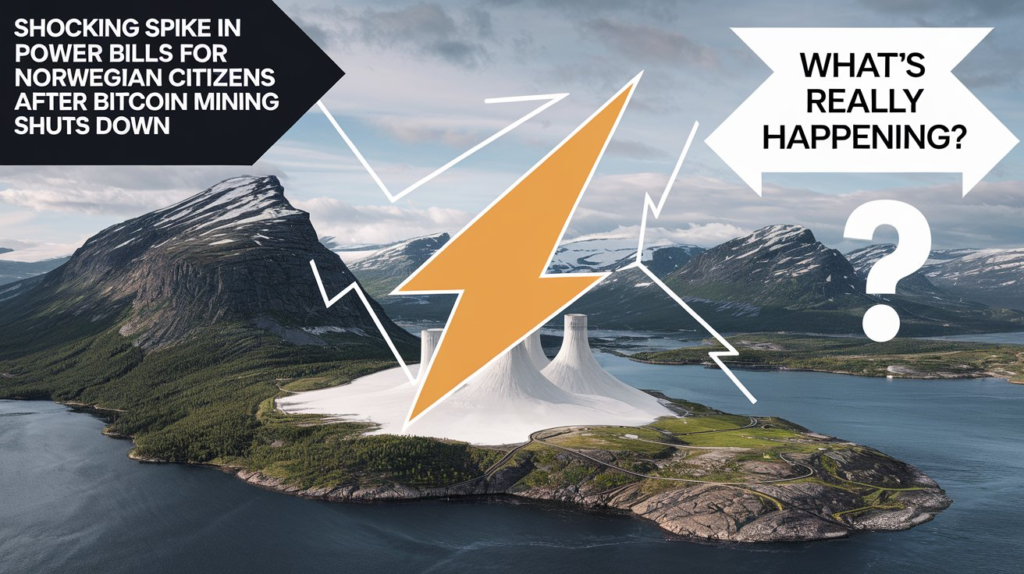
4. The Human Impact: How Locals Are Coping
For many residents of the Norwegian municipality, the sudden spike in power bills has been more than just an inconvenience—it’s been a financial burden. Citizens on fixed incomes or with large families have been hit particularly hard, as the increase in electricity costs directly affects their daily lives.
Many have turned to social media and local government meetings to voice their frustration, questioning why they must shoulder the cost of a business that no longer exists. Some are even calling for government intervention or subsidies to help alleviate the pressure.
Others, more familiar with the tech world, have raised concerns about the lasting impact of cryptocurrency-related activities on local economies. Many had no idea that the Bitcoin mining center, once hailed as a sign of technological advancement, could leave such a stark imprint on their wallets.
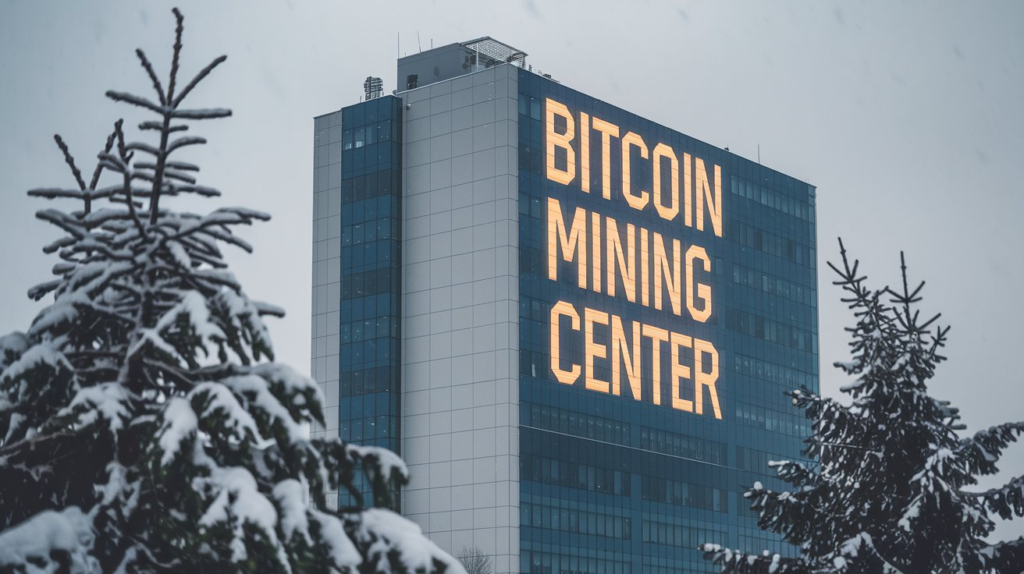
5. Environmental and Economic Concerns: A Double-Edged Sword
The closure of the Bitcoin mining center also reignited debates over the environmental and economic implications of cryptocurrency mining.
- Environmental Concerns: While the mining center did consume a significant amount of energy, it primarily used Norway’s renewable hydroelectric power. However, the environmental toll of running such large operations remains a contentious topic, and the shutdown has some locals questioning whether the energy should have been used for more sustainable or local purposes from the start.
- Economic Impact: The mining center was also a source of local jobs and international investment. With its closure, the region has lost both employment opportunities and the prestige of hosting a global cryptocurrency operation.
6. What Comes Next? Potential Solutions and Future Outlook
Now that the mining center has closed, the municipality faces a number of choices moving forward:
- Energy Redistribution: One solution could be the redirection of the excess energy that was once consumed by the mining center to other industries, potentially lowering costs for everyone. However, this requires careful planning and new infrastructure investments.
- Government Intervention: With growing pressure from residents, local politicians are considering measures such as energy subsidies or revisiting long-term energy contracts. These solutions could help alleviate the financial burden on citizens but would require balancing the budget.
- Renewable Energy Projects: In the long term, Norway’s focus on renewable energy could open doors for other industries to step in and utilize the excess power left behind by the mining center. Projects in sustainable tech, green energy, or even other cryptocurrency-related activities that are less energy-intensive could offer a way forward.
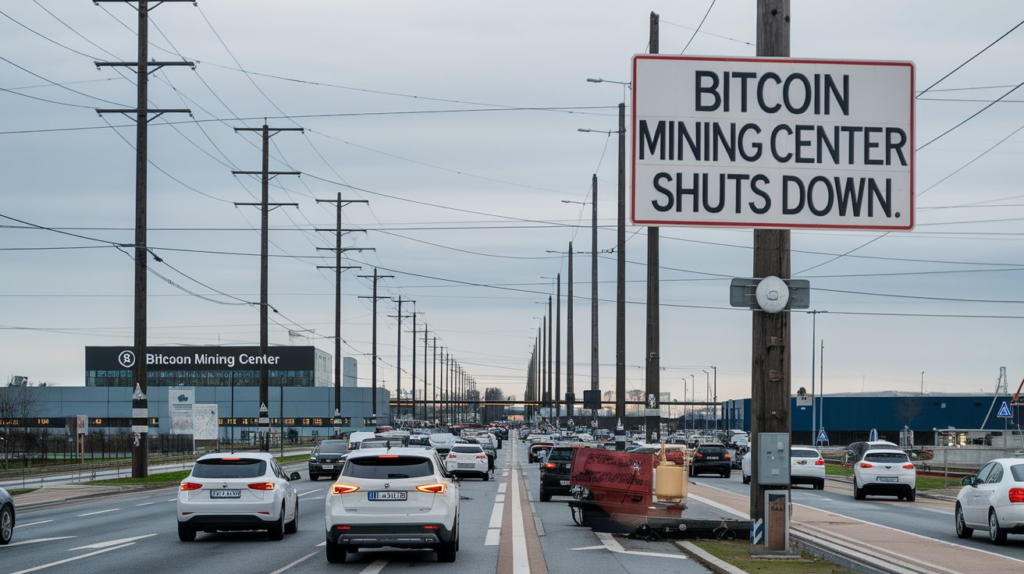
FAQ
Q1: Why did the closure of the Bitcoin mining center cause power bills to rise?
When the mining center shut down, energy demand in the municipality dropped, creating inefficiencies in the power grid. Fixed infrastructure costs, which were previously shared between the mining center and local households, now fall solely on residents, driving up their bills.
Q2: What is Bitcoin mining, and why does it consume so much electricity?
Bitcoin mining is the process of validating transactions on the Bitcoin network by solving complex mathematical problems. This requires powerful computers running constantly, which consumes large amounts of electricity.
Q3: Will power bills go back to normal over time?
It’s uncertain. The municipality is exploring solutions, but without new energy consumers or government intervention, residents may continue to face high electricity costs for the foreseeable future.
Q4: Could another industry take the place of the Bitcoin mining center?
Yes, there’s potential for other industries, particularly in the green energy or tech sectors, to use the excess energy left behind by the mining center. However, this will require careful planning and investment.
Q5: What is the environmental impact of Bitcoin mining?
While the mining center in Norway used renewable hydroelectric power, Bitcoin mining as a whole has faced criticism for its high energy consumption and environmental footprint, particularly when fossil fuels are involved.
Conclusion: The Long-Lasting Impact of Tech on Local Communities
The sudden spike in power bills following the closure of a Bitcoin mining center in a small Norwegian municipality is a stark reminder of how technology can ripple through local economies and everyday lives. While the mining center is now gone, its effects are far from over, leaving citizens grappling with financial burdens and raising questions about the long-term sustainability of cryptocurrency mining.